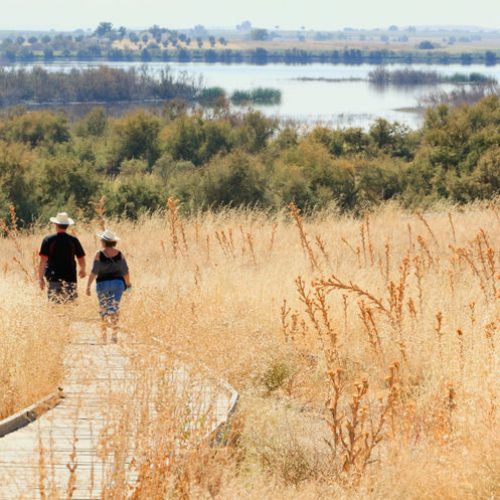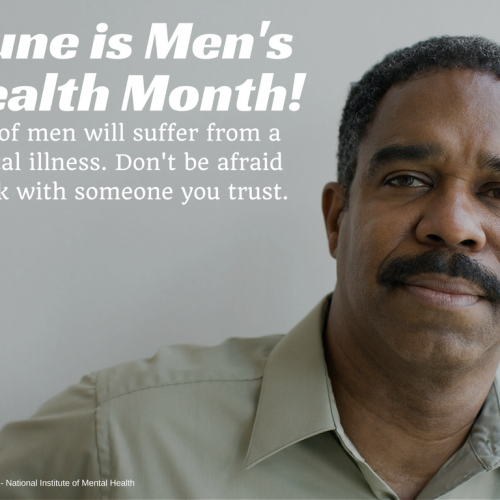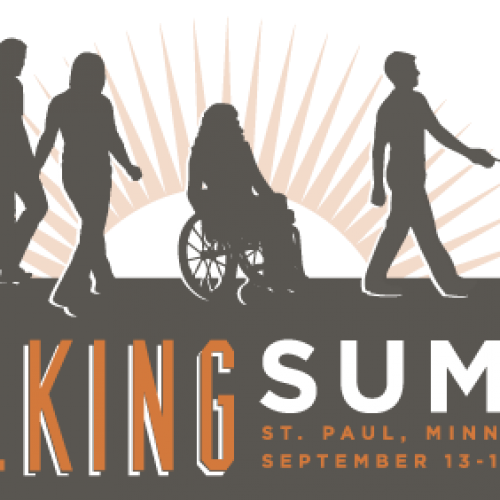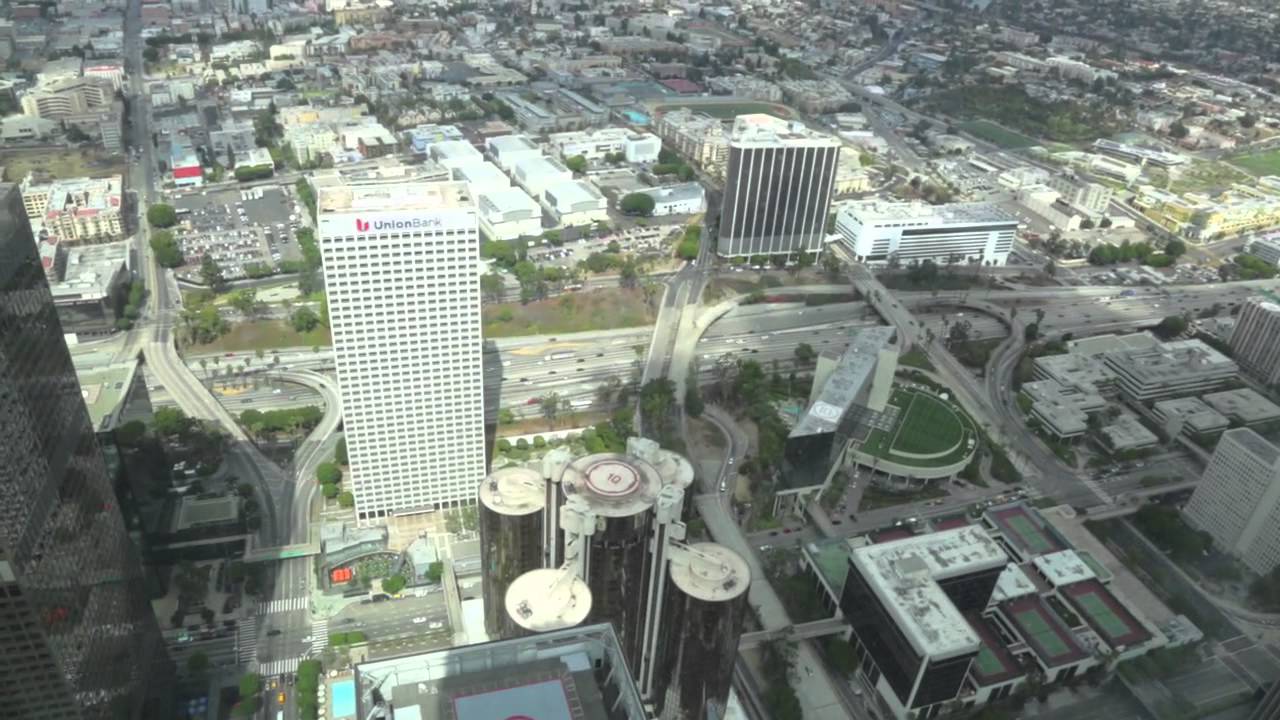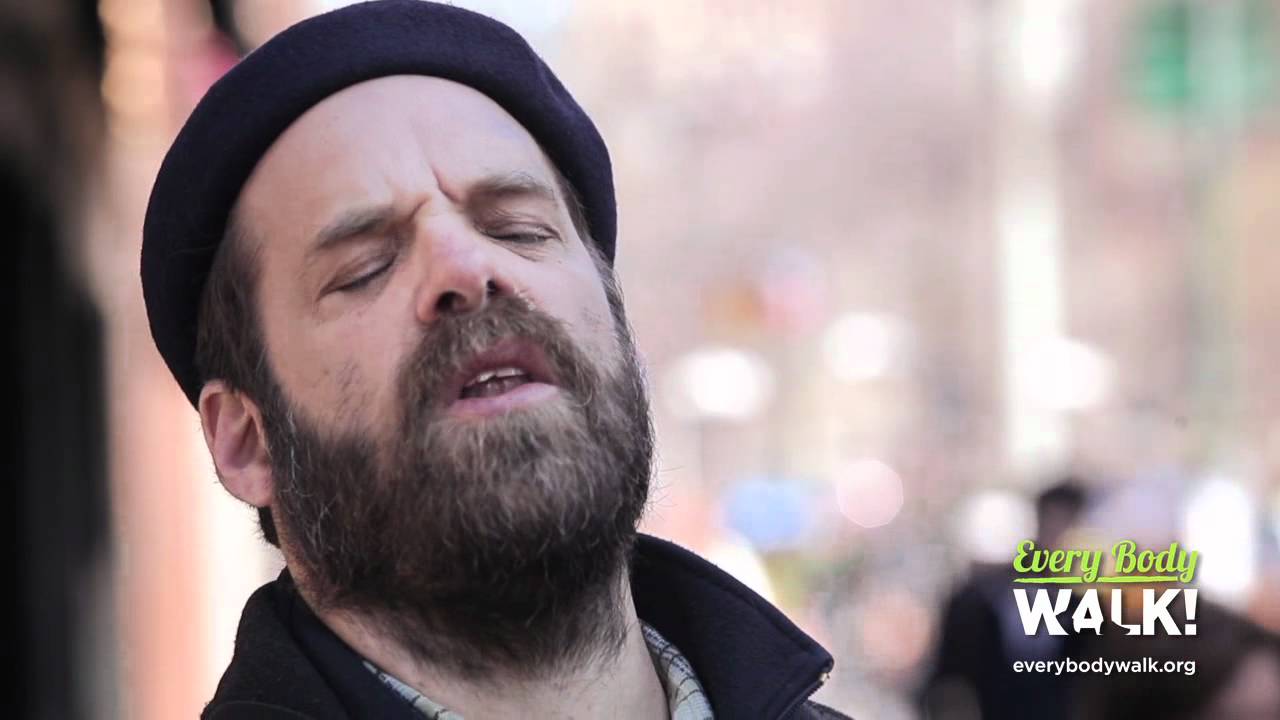Chuck, you’ve always been seen by me as a guy who walks the walk. I try to walk whenever and wherever I can. What do you think of walking as a primary means of exercise? – Adam G., Maryland
Sometimes we tend to skip the obvious when we are looking for an exercise regimen to improve our health – like putting one foot in front of the other and seeing where that leads us. Nothing comes close to walking when you’re looking for a readily available activity to help your body, mind and overall state of health. Many people still view walking as drudgery, something to be done only when necessary, simply a mode of transportation rather than a form of exercise. Yet walking is considered to be the most popular physical activity in America. More than 145 million adults include walking as part of a physically active lifestyle, according to the Centers for Disease Control and Prevention.
Studies have shown that just taking a walk can improve health, even without facilitating weight loss. It is also a low-impact way to get into a fitness regimen without risking injury. It is much easier on your hip and knee joints than other physical activities. According to a recent study by Lawrence Berkeley National Laboratory, in some cases, walking can be more effective than running as a form of exercise. Scientists at Lawrence Berkeley found that brisk walking reduces the risk of heart disease more effectively than running.
The operative word here is “brisk.” An important footnote to these findings is that intensity matters if you are walking for health reasons. According to the Lawrence Berkeley study, for health purposes, people should engage in 30 minutes of moderate-intensity activity most days of the week. For walkers, a moderately intense pace would generally be about a 15- or 16-minute clip per mile. Another way to look at it is by using the RealAge scale, co-developed by Dr. Mehmet Oz (http://www.sharecare.com/RealAge). The RealAge benefit of just 10,000 steps a day is feeling 4.6 years younger for women and 4.1 for men.
As if we needed further convincing, research conducted by Oregon State University has shown that 30 minutes of brisk walking over five days can help you sleep. The study showed that walking helped participants sleep better and feel more alert during the day.
Have you ever been in a situation in which you are trying to solve a problem and the next thing you know you’re on your feet pacing back and forth trying to drum up ideas? It has been confirmed that walking can boost your creative inspiration. A recent study conducted at Stanford University examined creativity levels of people while they walked versus while they sat. The results: A person’s creative output increased by an average of 60 percent when walking.
The study also found that creative juices continued to flow even when a person sat back down shortly after a walk.
“This isn’t to say that every task at work should be done while simultaneously walking, but those that require a fresh perspective or new ideas would benefit from it,” said Marily Oppezzo, who co-authored the study.
If you plan to start a walking program, keep in mind that the intent is to push yourself but not to overdo it; speed up for a stretch, and then slow down or stop to take a break to find the pace and terrain that work for you. And this doesn’t have to be out in the wide-open spaces. According to Jay Walljasper, author of “The Great Neighborhood Book,” communities across America and around the world are busy creating and promoting trails and greenways. He believes urban trails are becoming the new town square, where people bump into their neighbors, sparking conversations and friendships.
Traditionally, people have relied on their cars or public transportation to get around in the city. We tend to regard “hiking” as a pleasant activity to be done somewhere else, in a natural area. Now people are learning that drives to distant locations are not a necessity for having a pleasant hiking experience.
The state of Texas, where I live, is truly wide open. It has spectacular open landscape and more than 100 national and state parks. At the same time, the city of Dallas has more than 100 miles of some of the most beautiful and diverse urban hike and bike trails in the country. Now underway is a project to create an integrated trail circuit linking existing trails in the city to a 250-mile continuous loop. The Houston Parks and Recreation Department maintains 128 miles of trails in all parts of the city and is in the process of developing what is described as the largest urban hike-and-bike trail network in the country. Other cities throughout the state have similar urban hiking opportunities, each unique to the community’s character.
The formation of meet-up groups around the country is also making urban hikes a social event. Museums are including urban hikes in their activities. The American Heart Association’s Heart Walk is the organization’s premier event for raising funds to save lives from this country’s No. 1 and No. 3 killers – heart disease and stroke. This year, more than 1 million walkers are signed up to participate in nearly 350 events. People can also log on to the organization’s website and find directions to any approved American Heart Association Walking Path near them.
So what are we waiting for? Let’s start dispensing with seeing the world from over the arch of a steering wheel. Let’s all take a hike. It’s good for our heart, head and wallet.
Source: WND
August 15, 2014
By: Chuck Norris
http://www.wnd.com/2014/08/who-dares-tell-chuck-norris-to-take-a-hike/

